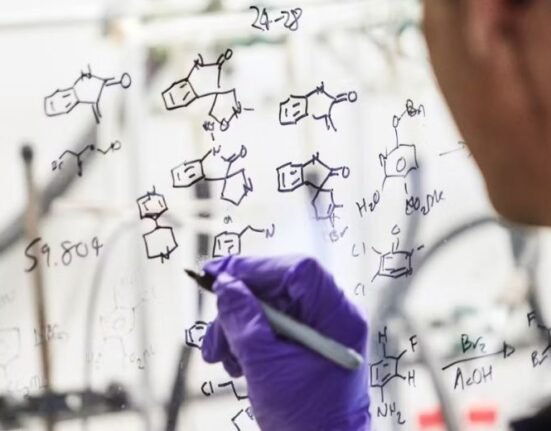HQ Team
March 9, 2023: The WHO has advocated a ‘social math’ technique to magnify the issue of road safety globally for non-governmental organizations.
“Numbers help to substantiate claims about the magnitude of a problem or issue. However, making numbers meaningful can be challenging,” the global health agency stated in its new guide for advocating emergency care.
“Social math”, a technique aimed at making data more understandable, does so by making them more relevant to our everyday lives.
It can be used to describe road traffic crashes, their consequences and their costs. It is essential when using social math that the data come from a trusted source and can be referenced as needed.
The WHO, in its report, illustrated examples. In Brazil, 41 000 people are estimated to be killed yearly due to road traffic deaths, the equivalent of the Arena da Amazonia stadium at its total capacity of 44,300 people.
‘Nine Boeings crash’
“If nine Boeing 747 aircraft crashed, there would be public outrage. Yet, this is the number of people who lose their lives on the world’s roads daily.”
Between one and two million lives – more than the entire population of Djibouti – could be saved in low- and middle-income countries if severe injury outcomes matched those in high-income countries.
Emergency care saves lives, and non-governmental organizations can contribute to making emergency care an issue that is personal, real, and in need of urgent action.
According to the report, they are instrumental in generating demand from the public for more timely and effective emergency care and in helping planners and policy-makers understand the potential contribution of emergency care to the health system.
In some settings, they can also play an accountability role, highlighting the shortcomings of existing government policies and programmes when needed.
NGO’s role
Worldwide, case studies show that non-governmental organizations can be powerful and effective agents of change to strengthen emergency care and ensure that people with road traffic injuries and other emergency conditions get the lifesaving care they need when needed.
The leading agency behind the report, the WHO Global Alliance for Care of the Injured (GACI), is a network of governmental and non-governmental agencies.
The GACI promotes improvements across three main domains: lifesaving care at the scene, timely treatment of injuries and restoration of function and independence.
About 1.3 million people die globally each year due to road accidents. Additionally, between 20 million and 50 million suffer non-fatal injuries, with many resulting in a disability.
Economic losses arise from the cost of treatment and lost productivity for those killed or disabled by their injuries and for family members who need to take time off work or school to care for the injured.
Low-income nations
Road traffic crashes cost most countries 3% of their GDP. More than 90% of road traffic deaths occur in low- and middle-income countries. Death rates due to injuries resulting from road accidents are highest in the African region and lowest in the European area.
Road traffic injuries are the leading cause of death for children and young adults aged 5-29. About three-quarters, 73%, of all road traffic deaths occur among young males under 25.
Speeding, driving under the influence of alcohol or psychoactive substances, non-use of helmets and seatbelts, distraction by mobile phones, unsafe road infrastructure, unsafe vehicles, and inadequate post-crash care are the primary reasons.
Inadequate law enforcement of traffic rules is another factor. The death risk for pedestrians rises rapidly, 4.5 times when speed increases from 50 km/h to 65 km/h.
A holistic view is needed to prevent road accidents, according to the WHO. This requires involvement from multiple sectors such as transport, police, health, education, and actions that address the safety of roads, vehicles, and road users.








